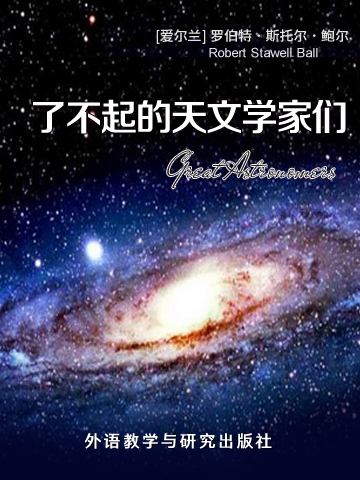和托勒密、伽利略、牛顿、开普勒等天文学家一起探索宇宙的秘密!
The career of the famous man whose name stands at the head of this chapter is one of the most remarkable in the history of human learning. There may have been other discoverers who have done more for science than ever Ptolemy accomplished, but there never has been any other discoverer whose authority on the subject of the movements of the heavenly bodies has held sway over the minds of men for so long a period as the fourteen centuries during which his opinions reigned supreme. The doctrines he laid down in his famous book, "The Almagest," prevailed throughout those ages. No substantial addition was made in all that time to the undoubted truths which this work contained. No important correction was made of the serious errors with which Ptolemy's theories were contaminated. The authority of Ptolemy as to all things in the heavens, and as to a good many things on the earth (for the same illustrious man was also a diligent geographer), was invariably final.
Though every child may now know more of the actual truths of the celestial motions than ever Ptolemy knew, yet the fact that his work exercised such an astonishing effect on the human intellect for some sixty generations, shows that it must have been an extraordinary production. We must look into the career of this wonderful man to discover wherein lay the secret of that marvellous success which made him the unchallenged instructor of the human race for such a protracted period.
本书主要讲述了一系列的天文学家的故事,比如牛顿,伽利略,开普勒等等。
Includes detailed discussion on all of the great astronomers, including Ptolemy, Copernicus, Galileo, Newton, Flamsteed and Herschel. By the mathematician, Irish astronomer to Lord Rosse in 1865, Irish Astronomer-Royal in 1874 and writer of popular science books.
- PREFACE.
- INTRODUCTION.
- PTOLEMY.
- COPERNICUS
- TYCHO BRAHE.
- GALILEO.
- KEPLER.
- ISAAC NEWTON.
- FLAMSTEED.
- HALLEY.
- BRADLEY.
- WILLIAM HERSCHEL.
- LAPLACE.
- BRINKLEY.
- JOHN HERSCHEL.
- THE EARL OF ROSSE.
- AIRY.
- HAMILTON.
- LE VERRIER.
- ADAMS.























 京公网安备 11010802032529号
京公网安备 11010802032529号
笔记加载中...